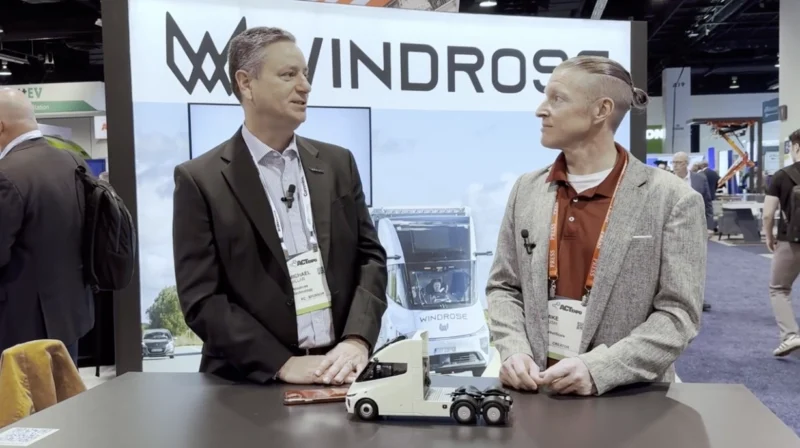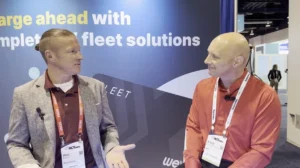The Impact of Automated Vehicles on the Transportation Ecosystem
Driverless vehicles are not things of the future anymore. Thomas Bamonte, Senior Program Manager, Automated Vehicles, within North-Central Council of Governments of Texas, spoke to Marketscale host Jeb Morris about transportation automation being developed and deployed in the North-central region, giving examples of automated vehicles already in action.
“Every movement of people and people is being automated in various fashions,” Bamonte said. During his discussion on this episode of Roads, Rails, and Rides, Bamonte spoke about automation for commuters, delivery, farms, and more. Through his position, Bamonte gets a firsthand look at what’s happening in the industry as he and his agency work to make North-Central Texas a hub for the deployment and scaling of transportation automation.
For instance, Bamonte’s agency is seeking to land a high-speed automated intercity loop for transportation. They are also partnering with companies to begin deploying and testing technologies. On the University of Dallas campus, for example, small robots are actively delivering packages.
Of all the advancements being made in mobility technology, Bamonte said, “I think freight is going to be the leading edge of transportation automotation.” Automated eighteen wheelers are already transporting goods between Houston and Dallas.
“Transition automation comes at a time when we’re starting to rethink mobility,” Bamonte also pointed out. While automated fleets for commuters are likely ten to fifteen years in the future still, transitionary technology like smarter cars with more alerts and robotic features, are already reshaping the industry and user experience. The potential for automated fleets to become popular is reasonable as a result of these transition automations.
To Bamonte, one of the goals of all transportation automation is to improve safety. He hopes robotics and automation will “turn the corner” and improve safety greatly for all modes of transportation.
Tune in for the details of Bamonte’s insights into the present and future of transportation automation. For the latest news, videos, and podcasts in the Transportation Industry, be sure to subscribe to our industry publication.









